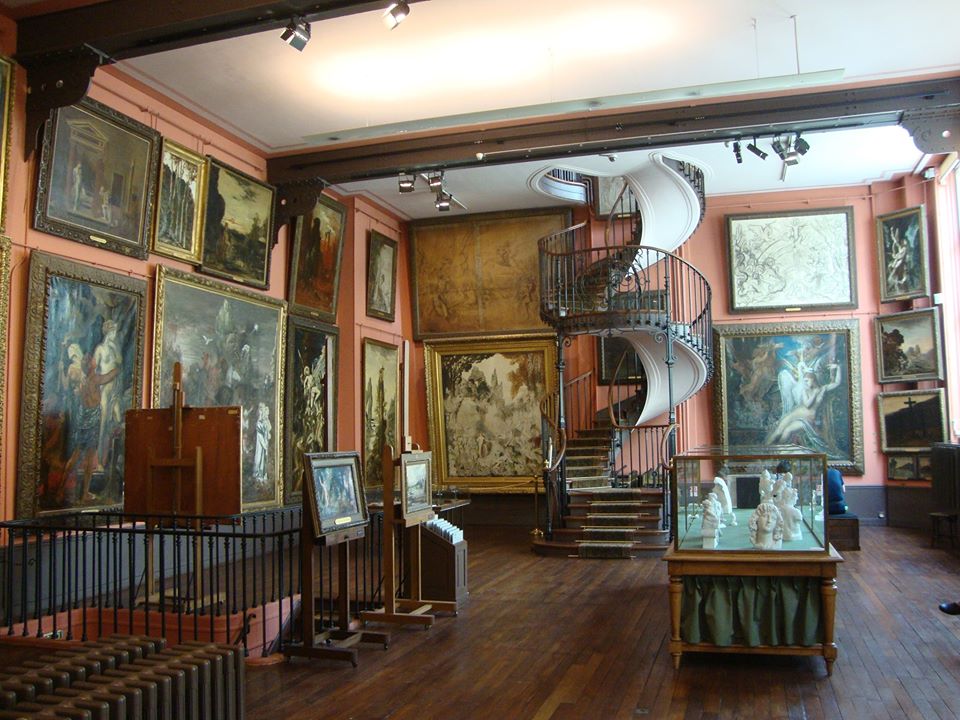a lead song from a new posthumous Cash release:
A Place For A Muse: The Emile H. Mathis Art Gallery @ UW – Milwaukee
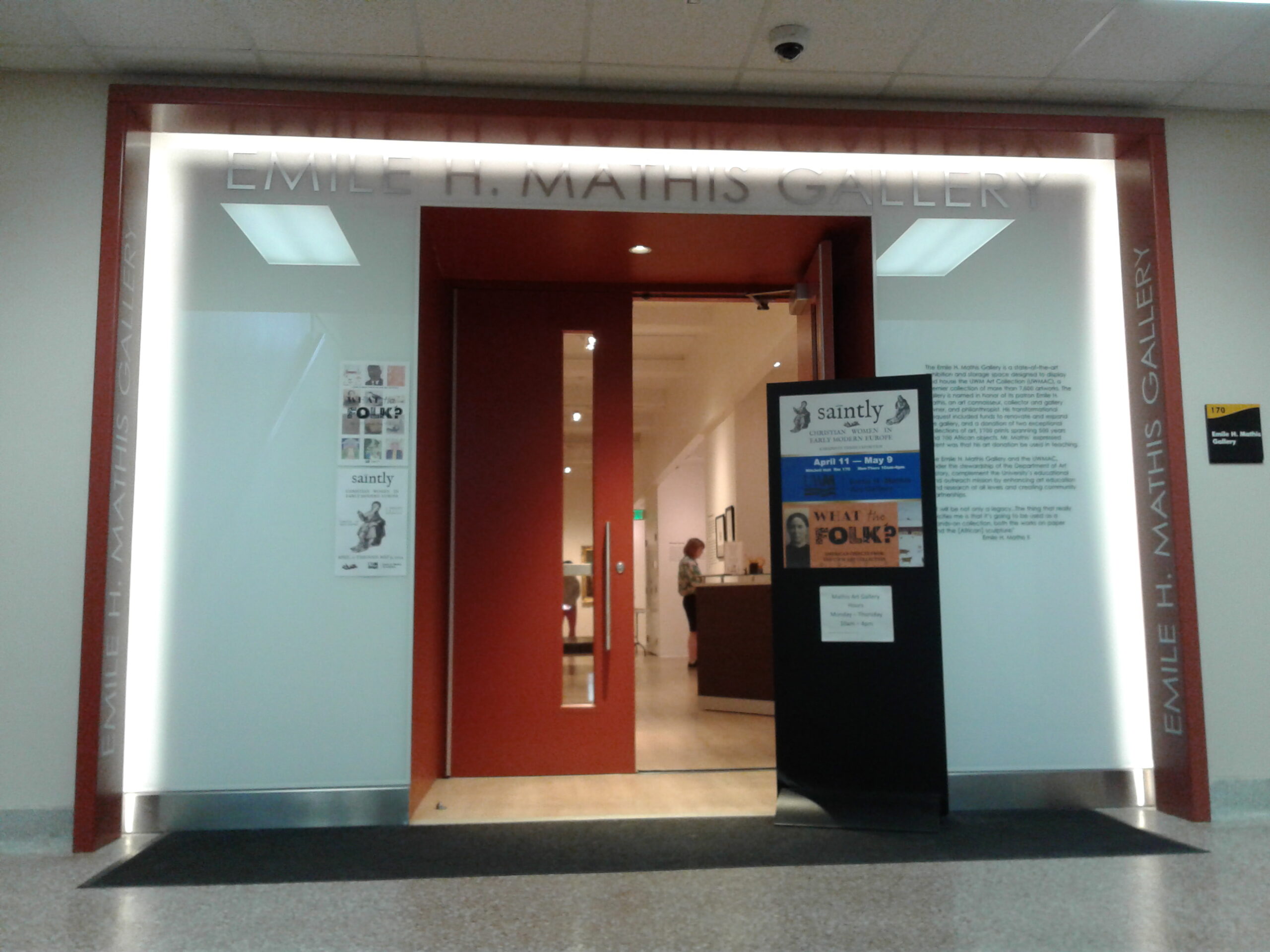
I can’t believe that it has been nearly two years since I posted my first and only A Place For A Muse post. That one was about the Paine Art Center in Oshkosh. I intended to write posts about the museums that I visited and describe their attributes and amenities. If you want to read my original rationale and announcement for the series, check it out here. But I got distracted, mostly by theater. So with the second feature about The Emile H. Mathis Art Gallery at the University of Wisconsin – Milwaukee, let’s hope I can back on track.
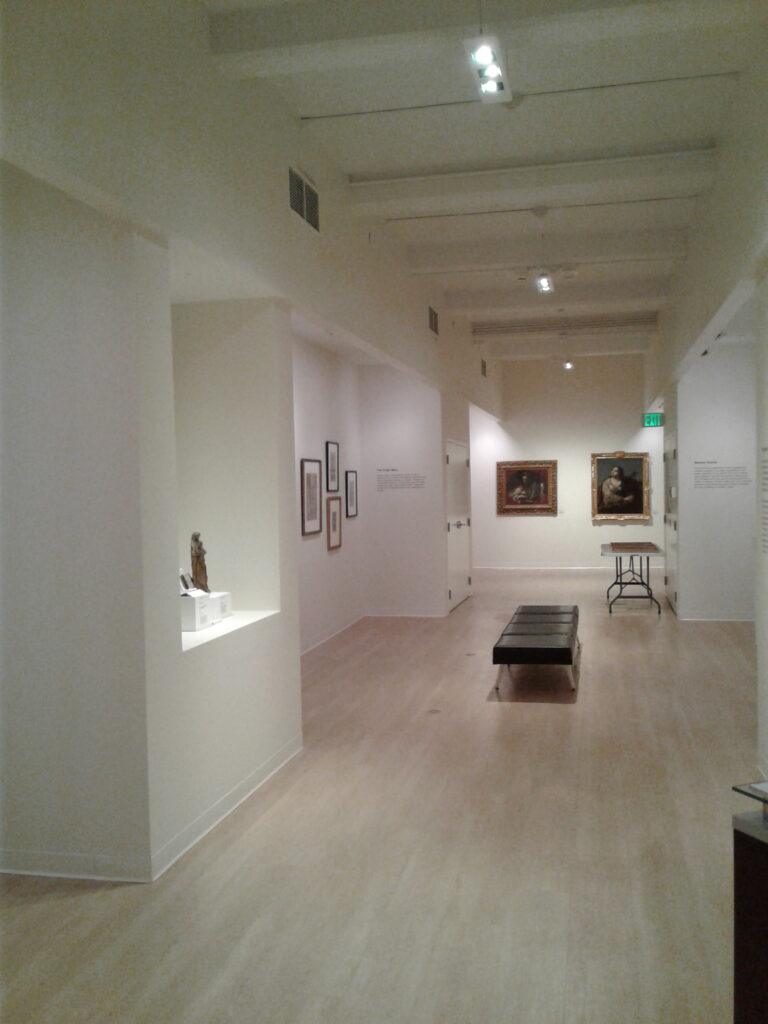
My original intent was to discuss museums and The Emile H. Mathis Art Gallery isn’t called a museum. But it isn’t a gallery either. It doesn’t have a stable of artists, it doesn’t sell art, it doesn’t hold solo shows for contemporary artists, it isn’t commercial in anyway. It is far more than a gallery…it is the portal into the extensive collection of donated art at UWM. And it serves the university community in a number of ways but to me it seems to be nearly invisible to the wider community in Milwaukee, and that is a shame.
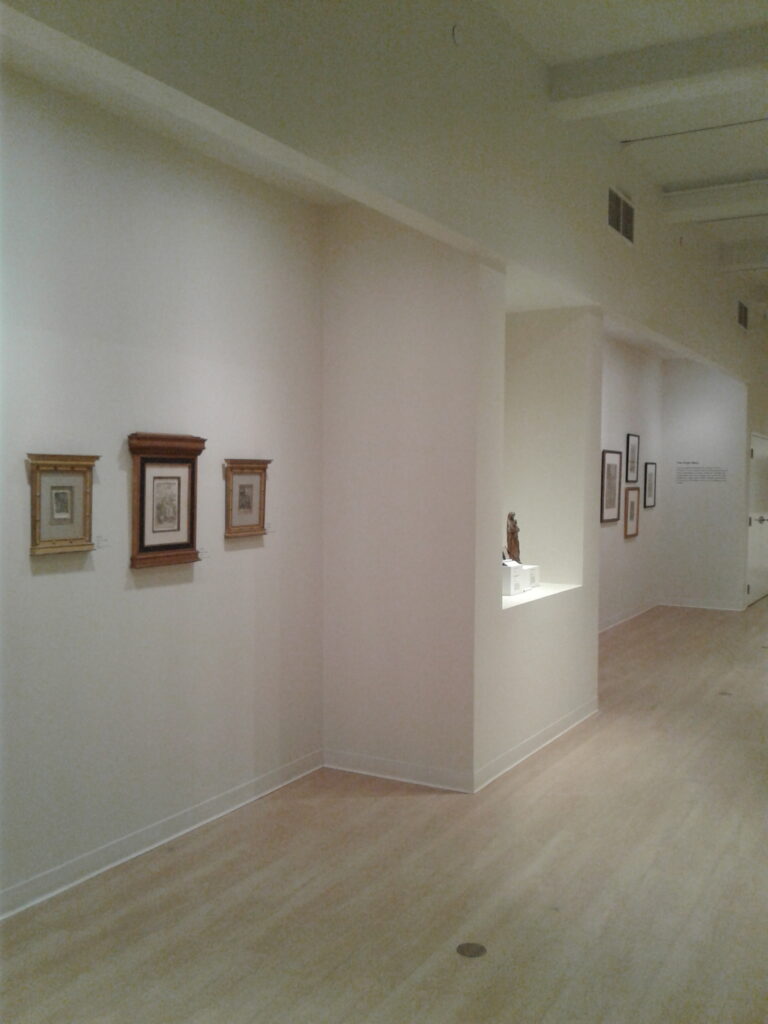
The Emile H. Mathis Art Gallery is a 2,400 square foot exhibition space in Room 170 of UWM’s venerable Mitchell Hall. Mitchell Hall is located on the Southeast corner of Downer Ave and Kenwood Ave and Room 170 is on the first floor near the Southwest corner of the building (facing towards Mellencamp Hall and the Student Union). The official address of Mitchell Hall is 3203 North Downer Ave., Milwaukee, WI.
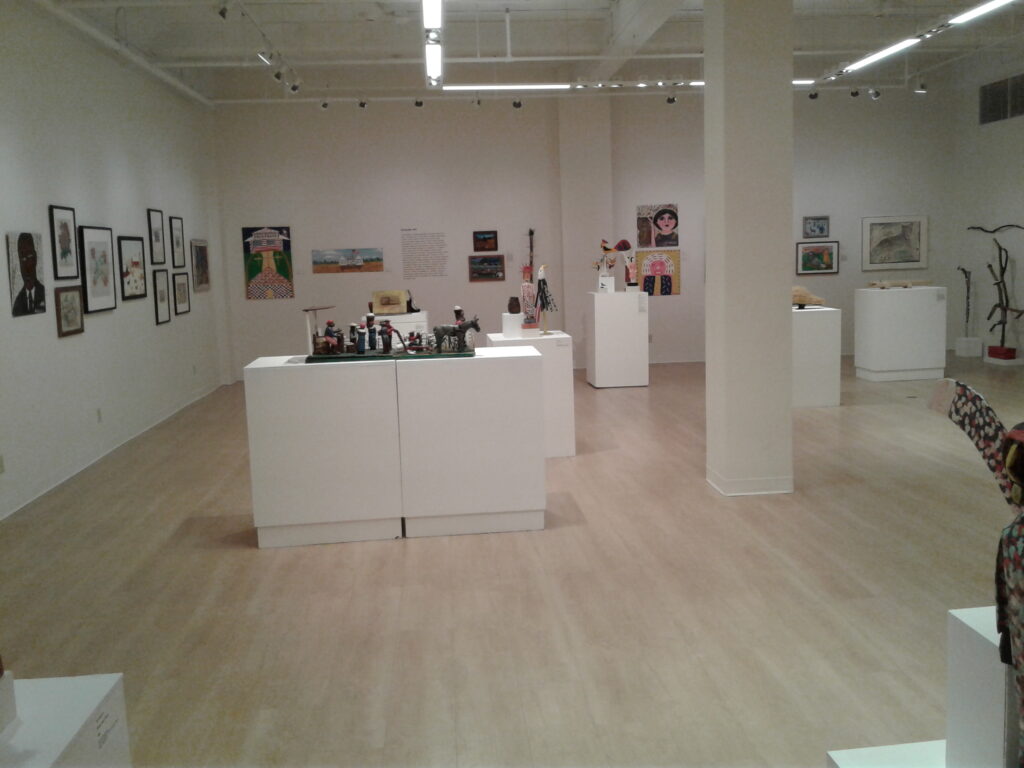
The Mathis gallery is free and open to the public as well as the university community. But it is only open during the academic year (September through May but not during semester break or spring break) because it is staffed by students. During the current semester, it is open from 11 AM to 4 PM Monday through Thursday. The Emile H. Mathis Art Gallery is part of the university’s Art History Department. And the gallery is named for Emile Mathis who donated his extensive collection of prints on paper to the university.
The university has an extensive holding of art works and objects and they are used in a number of ways. Of course the collection is available to art history students for their study and research. And each year there are a number of thesis shows assembled by graduating art history majors to support their research and field of interest. These shows are primarily sourced from the collection. What a great experience, to be able to search through a collection and pull works that provide insight into your field of interest and then curate a show to share your knowledge with the rest of the community.

And professors and staff also put together any number of shows over the course of a semester or academic year. I have seen some amazing shows. Some of my favorites featured Byzantine Icons, or S.W. Hayter prints, or African Art, and the current show, What the Folk!, which explains and displays the various sub-genre’s of folk art.
Oh, I almost forgot. The UWM collection is also being digitized and shared online. If you want to take a peek or have your own research project underway or just have a favorite artist to look for, here’s the link to the collection!!
Extra Credit Reading: The Mathis Gallery Home Page Is Here! or Plan Your Visit here, if you have a particular question or want to insure the gallery is open when you want to visit, contact them here mathisartgallery@uwm.edu. AND some collection highlights!
The current shows run through May 9, 2024.
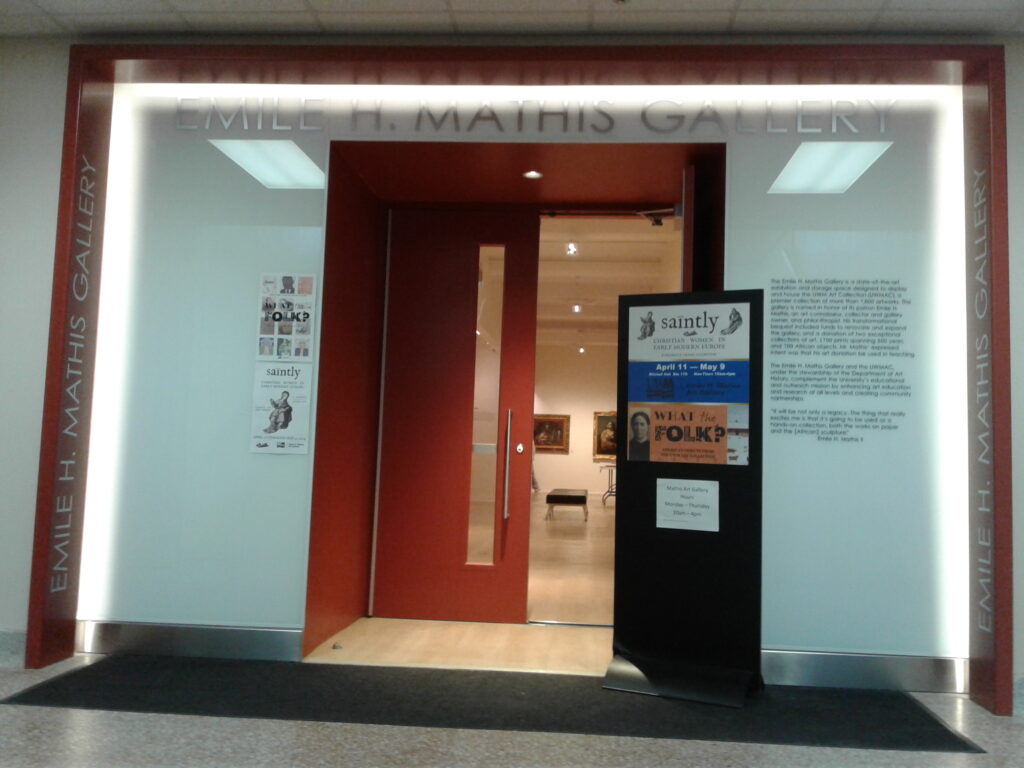
Nina Simone: Four Women. Gospel to Jazz to Protest to Anthem @MKERep

Nina Simone: Four Women bridges the divide between drama, musical, cabaret, and social commentary using songs that run the gamut from the titles description, gospel, jazz, protest, and finally anthem. Many of these songs were written or co-written by Nina Simone.
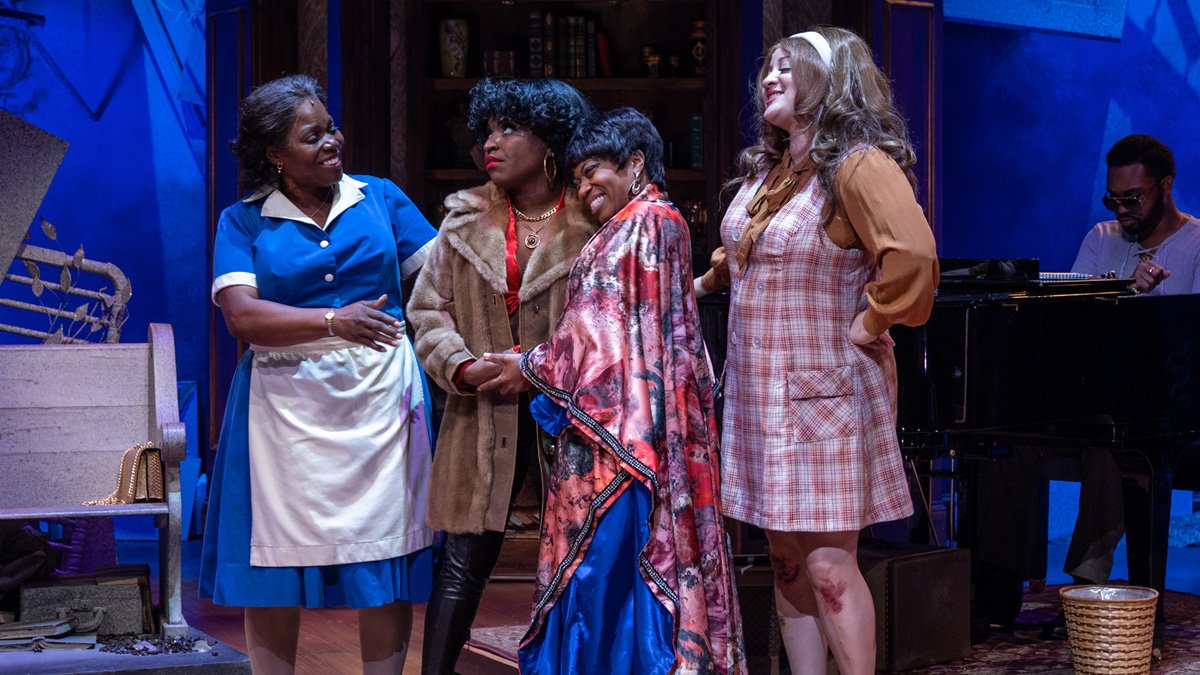
Nina Simone: Four Women the play is built from the concept that Simone incorporated in her song, Four Women. She provides us with four characters who represent in some ways, the stereotypes and in others, the realities of life for Black women in America in the mid-1960s. The four women in the song and the play are Aunt Sarah, a servant, to Sephronia, a light skinned young woman, to Sweet Thing, a street tough prostitute, to Peaches, a version of Simone herself.
The play opens in Simone’s studio where she is angry and grieving after the murder of Medgar Evers and the 16th Street Baptist Church bombing in Birmingham, Alabama in 1963. She is determined to write a serious and definitive protest song about those events and civil rights. But she is struggling as she moves from looking at her sheets of music and lyrics to picking out notes on her grand piano. And as time elapses during the play she moves her desire from writing a protest song to creating an Anthem. But along the way she feels and hears the explosions from Birmingham in her mind and the other characters eventually seem to appear out of these episodes.
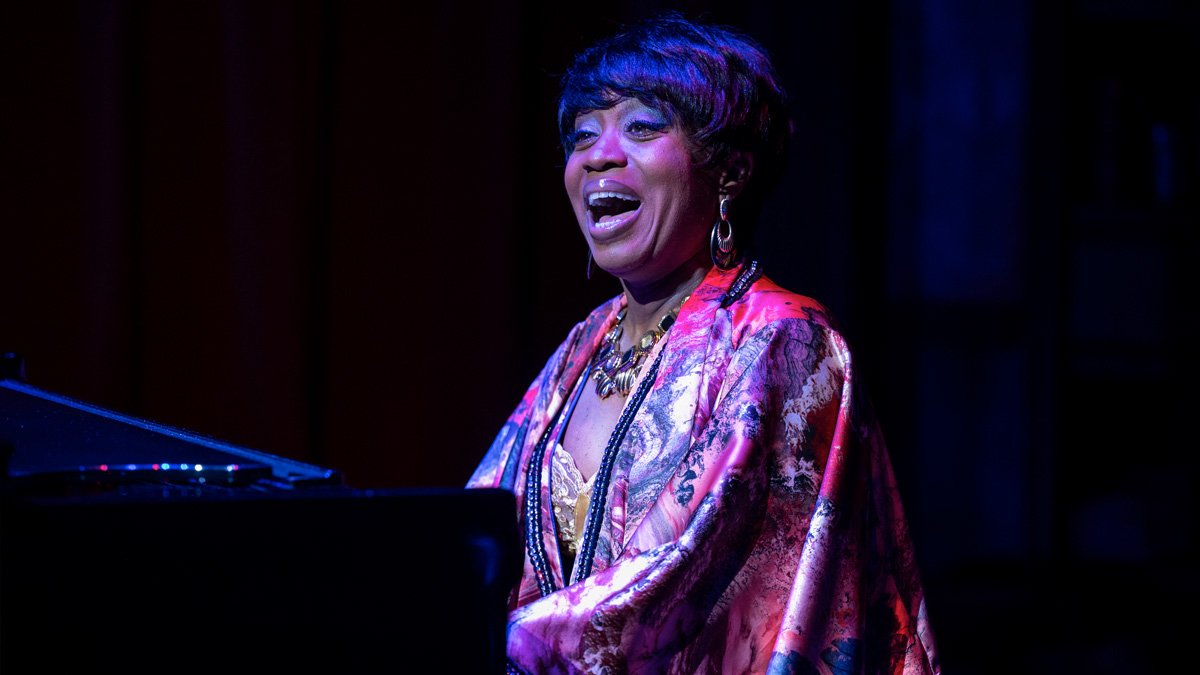
Alexis J. Roston is an appropriately angry and determined Nina Simone as she struggles with her composition, and my goodness, can she sing! And she very effectively plays off of the other characters as they appear…changing from anger to indignation to empathy and back again. And actively pointing out that they are in truth, all in this together.
Her first interruption is Aunt Sarah in a maid’s outfit and obviously Simone’s maid. But Auntie’s interruption isn’t well received and their views on how to react to events and how to participate in the civil rights movement are in some opposition. Gabrielle Lott-Rogers gives us the calm contained Auntie who at times seems to tease Simone’s efforts at an anthem…and Lott-Rogers too is an amazing songstress here.
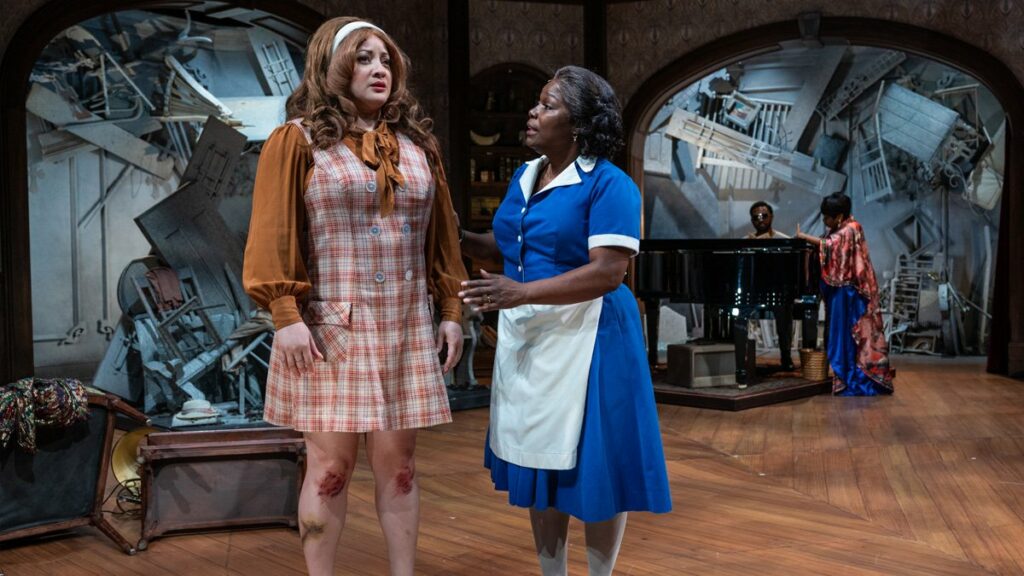
Toni Martin makes the scene as Sephronia, a light skinned Black woman who feels trapped between two cultures. But she is active in Doctor King’s Civil Rights movement and proud to be a participant. And she encourages the other women, particularly Simone to get involved. There is a bit of banter here about Simone’s position in life as a successful entertainer. But Simone insists her best course is to write and record her anthem. Both women are clearly sure of their positions…and Martin gives us a clear picture of a young energized activist.
And finally we have Sweet Thing, a street tough, knife carrying, prostitute, ready to take whatever advantage she can of her position. Brittney Mack has the proper cat like menace to bring the character to life on the Rep’s Quadracci Powerhouse Stage.
And finally we experience the song, Four Women, with all four actresses bringing their personas to the tune until it finally explodes with Simone as Peaches. But scrolling back, we realize all four of these characters came from the mind of Nina Simone to populate her anthem. A timely telling and an exquisite interpretation from Director Malkia Stampley.
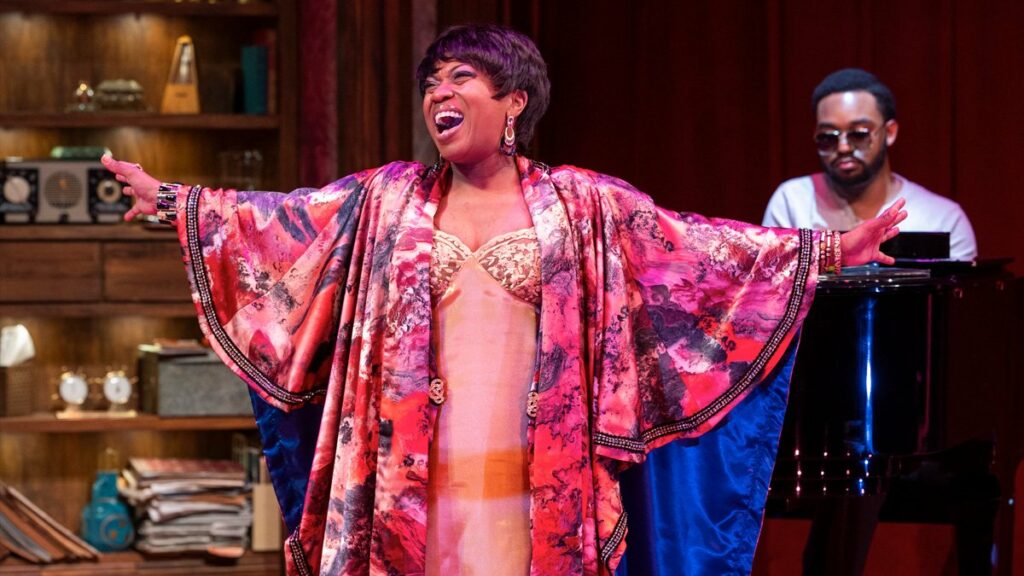
And thank heaven for Mathew Harris who plays Sam Wayman who plays Simone’s grand piano so all of these wonderful actors can entertain us with their songs.
Nina Simone: Four Women continues at the Milwaukee Repertory Theater’s Quadracci Powerhouse throught May 12, 2024. Additional information and ticket ordering here~
And Extra Credit Reading: The Program and The Playbill!
